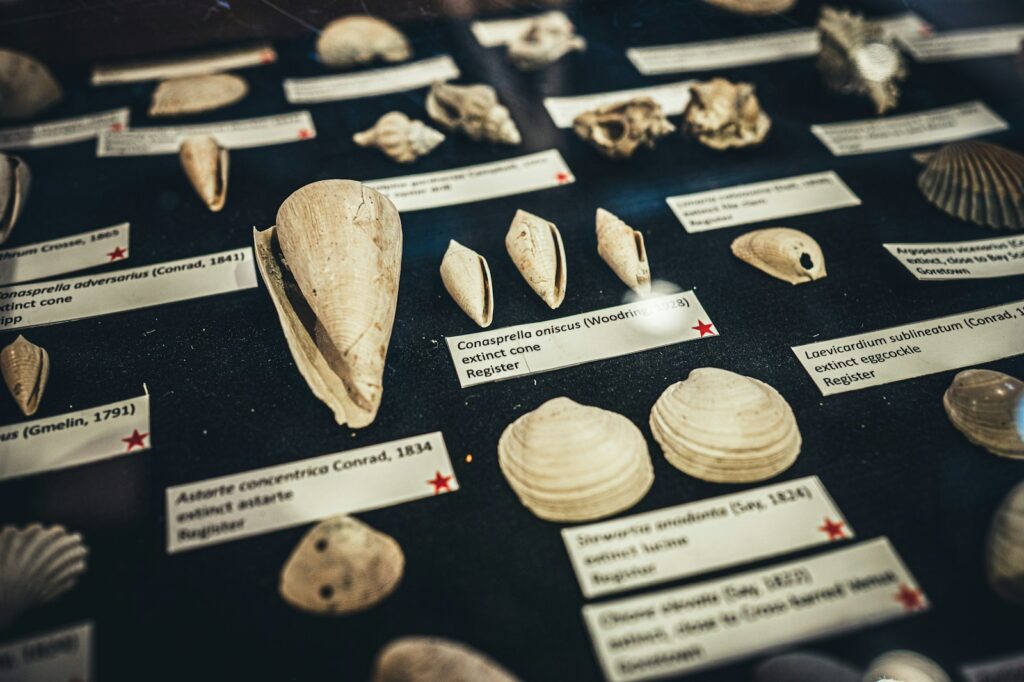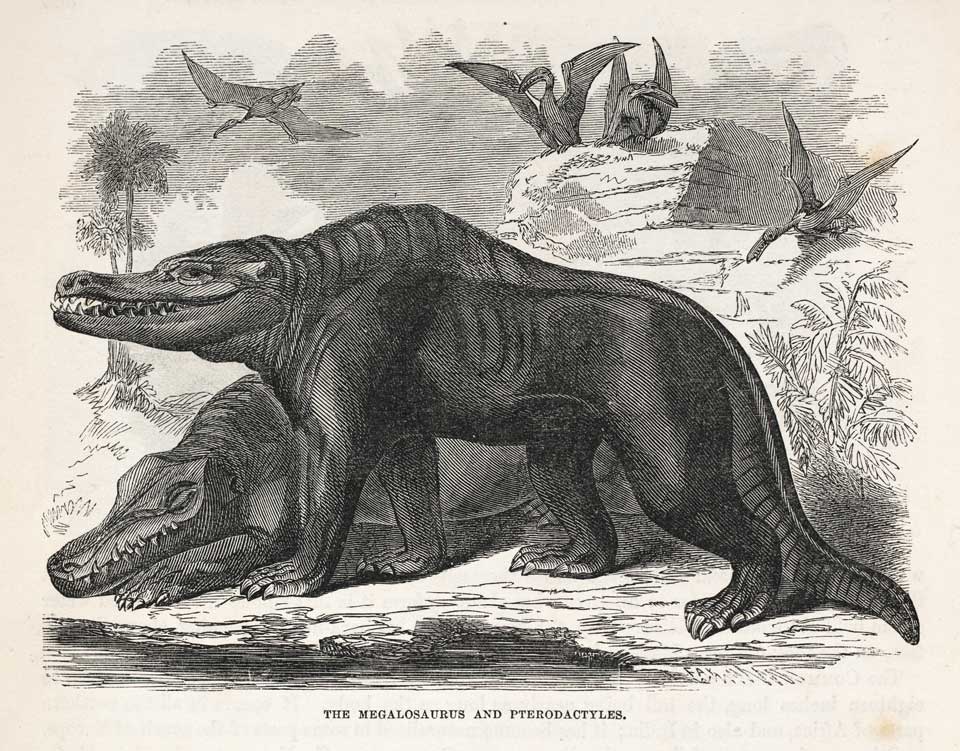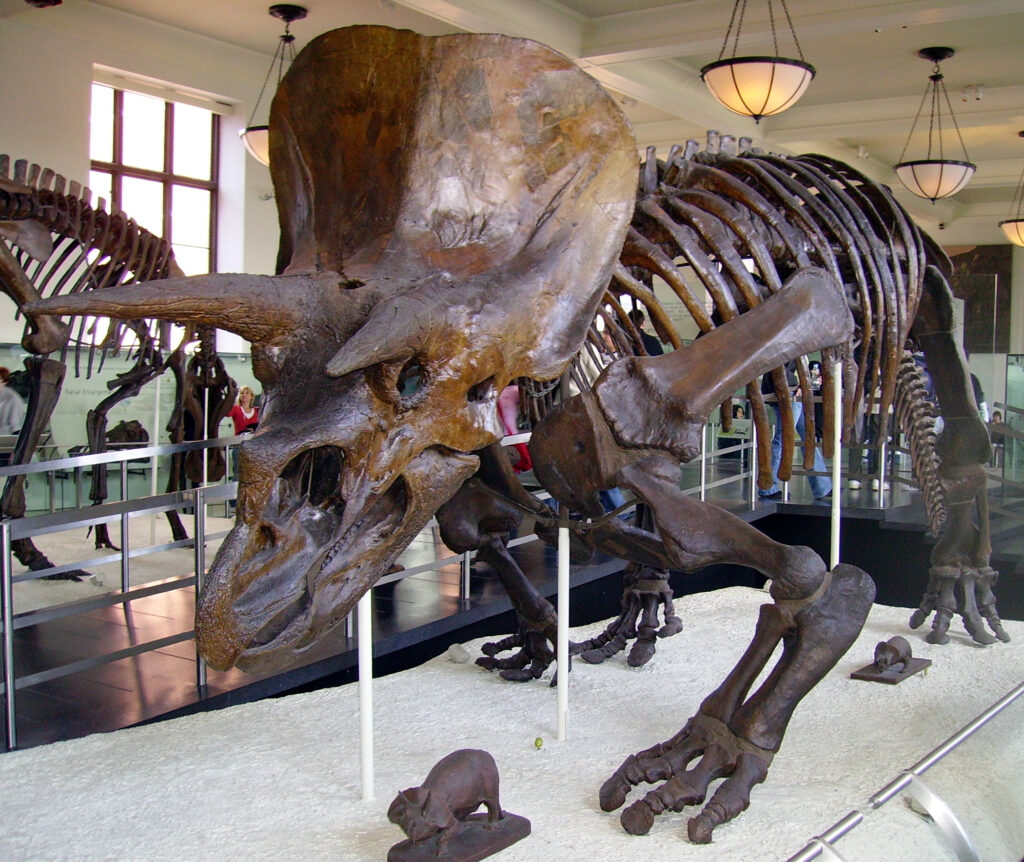Picture this: you’re watching Friends, and there’s Ross Geller passionately explaining dinosaur facts to anyone who’ll listen. For ten seasons, we watched him navigate his career as a paleontologist at the Museum of Natural History in New York. But here’s the million-dollar question that’s been bugging fans and science nerds alike – how realistic was his job portrayal? Was Ross actually doing what real paleontologists do, or was Hollywood just making stuff up for laughs?
The Real Deal Behind Ross’s Museum Position
Ross worked as a paleontologist at the American Museum of Natural History, which is actually one of the most prestigious natural history museums in the world. The show got this part surprisingly right – the AMNH really does employ paleontologists who conduct research, curate exhibits, and engage in fieldwork. What’s fascinating is that the museum has been a hub for paleontological research since the late 1800s, making it the perfect workplace for someone like Ross. The museum’s paleontology department is massive, with over 32 million specimens and artifacts in their collection. However, Ross’s day-to-day activities on the show were often more dramatic and varied than what most museum paleontologists actually experience.
Fieldwork Fantasy vs Reality
Remember when Ross would casually mention going on digs or discovering fossils? Well, real paleontologists do go on expeditions, but it’s not as glamorous as TV makes it seem. Most fieldwork involves weeks of careful excavation under harsh conditions, often in remote locations with extreme temperatures. You’re not just stumbling upon complete dinosaur skeletons every other week like Ross seemed to do. Real paleontologists might spend entire seasons finding only fragments or small specimens. The show did capture the excitement of discovery, but condensed years of painstaking work into convenient plot points. Plus, most museum paleontologists split their time between fieldwork, lab research, and administrative duties – it’s not all adventure and discovery.
The Academic Side Nobody Talks About
One thing Friends rarely showed was Ross buried in academic papers or writing research grants. Real paleontologists spend enormous amounts of time documenting their findings, writing scientific papers, and applying for funding. It’s basically like being a detective, scientist, and writer all rolled into one. Ross would have been constantly publishing research to maintain his position at such a prestigious institution. The peer review process alone can take months or even years before findings see the light of day. Most museum paleontologists also teach or give lectures, which Ross did occasionally show on screen. But the show definitely glossed over the mountain of paperwork and bureaucracy that comes with museum work.
Lab Work and Specimen Preparation
The scenes where Ross worked with fossils in the lab were actually pretty accurate in some ways. Real paleontologists do spend countless hours cleaning, preparing, and analyzing specimens using various tools and techniques. They use everything from tiny brushes to sophisticated scanning equipment to study their finds. What the show got wrong was how quickly Ross seemed to process discoveries – in reality, preparing a single fossil can take months or even years. The meticulous nature of fossil preparation requires incredible patience and attention to detail. Ross’s lab setup looked believable enough, though real paleontology labs are usually much more cluttered with equipment, reference materials, and works-in-progress than his pristine TV workspace.
Teaching and Public Education Responsibilities
Ross occasionally showed his teaching side, both at the museum and later at the university. This aspect was surprisingly realistic – many museum paleontologists do have educational responsibilities. They might lead tours, develop exhibits, or work with schools to create educational programs. The passion Ross showed when explaining paleontology concepts mirrors what you’d see from real scientists who genuinely love sharing their knowledge. However, the show made it seem like Ross could just wing these presentations, when in reality, educational programming requires careful planning and development. Most museum educators spend significant time creating age-appropriate content and interactive experiences that make complex scientific concepts accessible to the general public.
The Politics of Museum Life
Friends touched on museum politics occasionally, like when Ross competed with colleagues or dealt with budget cuts. This was actually one of the more realistic aspects of his job portrayal. Museums are surprisingly political environments where scientists compete for funding, exhibition space, and recognition. Departmental rivalries are real, and securing grants can make or break research projects. The show captured some of this tension, especially when Ross had to fight for his research or position. However, they made it seem more dramatic and personal than it usually is – most museum politics involve committee meetings and administrative decisions rather than dramatic confrontations. Budget constraints are a constant reality that affects everything from fieldwork opportunities to specimen storage.
Collaboration and Teamwork Reality
While Ross often appeared to work alone or with just one assistant, real paleontological research is highly collaborative. Most significant discoveries involve teams of researchers, graduate students, volunteers, and specialists from different fields. The show rarely showed Ross collaborating with geologists, chemists, or other scientists who would be essential to his work. Modern paleontology relies heavily on interdisciplinary approaches, combining traditional fossil hunting with advanced technologies like CT scanning and isotope analysis. Ross’s apparent ability to be an expert in all aspects of paleontology was unrealistic – most researchers specialize in specific time periods, geographic regions, or types of organisms. The lone wolf scientist approach might make for better TV, but it doesn’t reflect how modern scientific research actually works.
Technology and Modern Methods
The show aired from 1994 to 2004, so it missed some of the technological revolution in paleontology. Ross was shown using relatively basic tools and methods, which was accurate for the time but became outdated quickly. Today’s paleontologists use 3D printing, advanced imaging techniques, and computer modeling to study fossils in ways that weren’t possible during Ross’s TV career. DNA analysis and molecular biology have also transformed how we understand ancient life. The show did capture the hands-on nature of paleontological work, but missed the increasingly high-tech aspect of modern research. Ross would have been using more sophisticated equipment and computational methods if the show were made today.
The Social Aspect of Scientific Work
Friends portrayed Ross as somewhat socially awkward in his professional life, which honestly isn’t far from reality for many academics. Scientists often develop their own professional cultures and ways of communicating that can seem strange to outsiders. The show captured the passion that drives paleontologists – these are people who get genuinely excited about million-year-old rocks and bones. However, the scientific community is generally more collaborative and supportive than the show sometimes suggested. Conferences, symposiums, and professional organizations play huge roles in paleontologists’ careers. Ross’s tendency to lecture people about dinosaurs at parties was probably the most accurate character trait – scientists often struggle to turn off their professional enthusiasm in social situations.
Publishing and Professional Recognition
The show rarely addressed the “publish or perish” reality of academic life. Ross would have been under constant pressure to produce research papers and maintain his scholarly reputation. In real paleontology, discoveries don’t mean much until they’re properly documented and published in peer-reviewed journals. The process of getting research published can take years and involves multiple rounds of review and revision. Ross’s apparent job security at the museum would have depended on his publication record and ability to secure funding. Most paleontologists also present their work at conferences and symposiums, which the show occasionally referenced but never really explored. Professional recognition comes through these publications and presentations, not just through making discoveries.
The Economics of Paleontology
Friends glossed over the financial realities of working in paleontology. While Ross seemed to have a stable, comfortable lifestyle, most paleontologists face significant financial challenges. Grant funding is competitive and often insufficient, forcing researchers to be creative about financing their work. Many paleontologists work multiple jobs, combining museum work with teaching or consulting. The show made it seem like Ross had unlimited resources for his research, but real paleontologists often spend their own money on fieldwork or equipment. Museum salaries, while stable, aren’t typically high enough to support the lifestyle Ross appeared to have. The financial stress of academic careers can be significant, especially for early-career researchers trying to establish themselves.
Fieldwork Adventures and Dangers
Ross’s fieldwork experiences were portrayed as relatively safe and straightforward, but real paleontological expeditions can be quite dangerous. Working in remote locations exposes researchers to extreme weather, difficult terrain, and potential injuries. Heat exhaustion, dehydration, and accidents are real concerns during fossil hunts. The show made it seem like Ross would just hop on a plane and come back with amazing discoveries, but real expeditions require extensive planning, permits, and safety preparations. Many paleontologists have stories of getting lost, dealing with equipment failures, or facing unexpected challenges in the field. The physical demands of excavation work are also much more intense than the show suggested – it’s backbreaking labor that requires real physical stamina.
Conservation and Specimen Care
One aspect the show handled reasonably well was Ross’s obvious care and respect for specimens. Real paleontologists are deeply concerned with conservation and proper specimen management. Museums invest enormous resources in climate-controlled storage, database management, and conservation techniques to preserve their collections. Every specimen that comes into a museum must be properly catalogued, stored, and maintained for future researchers. This behind-the-scenes work is crucial but rarely glamorous – it involves endless record-keeping and maintenance tasks. Ross’s protective attitude toward museum specimens reflected the real responsibility paleontologists feel toward preserving these irreplaceable pieces of Earth’s history. However, the show didn’t fully capture the administrative burden of managing large fossil collections.
The Future of Ross’s Career Path
If Ross were a real paleontologist today, his career would look quite different from what we saw on Friends. Modern paleontologists face new challenges including climate change affecting field sites, increased competition for funding, and pressure to make their research more publicly accessible. The field has become more international and collaborative, with major discoveries often involving teams from multiple countries. Digital technologies have revolutionized how specimens are studied and shared with other researchers around the world. Ross would likely be dealing with social media, online databases, and virtual museum experiences – aspects of the job that didn’t exist during the show’s run. The core passion for understanding ancient life remains the same, but the tools and methods continue to evolve rapidly.
Beyond the Dinosaurs
While Ross was obsessed with dinosaurs, real paleontologists study much more than just these famous extinct reptiles. The field encompasses everything from microscopic fossils to ancient plants, marine life, and early mammals. Most paleontologists specialize in specific groups of organisms or time periods rather than being general dinosaur experts like Ross appeared to be. The show’s focus on dinosaurs made sense for entertainment value, but it gave viewers a limited view of what paleontology actually covers. Modern paleontologists are just as likely to study ancient climate change, mass extinction events, or the evolution of early life forms. Ross’s narrow focus on dinosaurs, while entertaining, wasn’t representative of the breadth and diversity of paleontological research happening at major museums like the AMNH.
So, was Ross Geller’s museum job realistic? The answer is complicated – like a fossil that’s half-buried in rock. The show got many big-picture elements right: prestigious museum setting, genuine passion for the science, and the basic nature of paleontological work. But it simplified, dramatized, and glossed over much of what makes the field challenging and complex. Ross’s job was accurate enough to be believable, but streamlined enough to serve the needs of a sitcom. What’s your take – did you always suspect there was more to paleontology than Ross let on?



